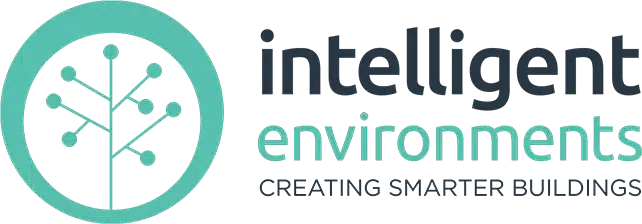 The term ‘smart building’ is commonly used to describe a structure where system processes have been integrated in order to self-regulate the building’s environment and operations i.e. ‘an intelligent environment’ – responding (seemingly intuitively) to the needs of those using the space.
The term ‘smart building’ is commonly used to describe a structure where system processes have been integrated in order to self-regulate the building’s environment and operations i.e. ‘an intelligent environment’ – responding (seemingly intuitively) to the needs of those using the space.
The Expectation
The expectation is that a smart building is ‘people-centric’ – designed to function to provide an optimum environment for the people working and visiting the building.
With disruption occurring at an exponential rate, it is also presumed that ‘smart buildings’ are designed with flexibility in mind. Spaces should be capable of adaptation without significant building modification. Walls should be able to be moved without difficulty and essential services altered and re-connected easily to suit the new use.
The Reality
With the expectations clearly articulated, why then in many instances are the owners or tenants of a supposedly ‘smart building’ left very ‘underwhelmed’?
In many cases, the answer is quite simply cost.
Technology can be expensive and in a very competitive global market, it is common for cost-cutting measures to be implemented during construction. Even though technology may have featured highly in the original design, budget constraints or over expenditure during initial construction stages may well result in the smart technology intended for the building, being significantly reduced.
Sadly the effects of pulling out or reducing the ‘smart’ components of the building due to cost-cutting at construction, can have a long-reaching impact on the ROI of the building, and the loss of bottom-line benefits.
A smart building reflects a business’ current needs and those of tomorrow. The ROI of a smart building will include energy savings, public/customer perception, possible tax incentives or grants, and an array of non-financial benefits such as improved employee well-being, retention and productivity. These non-monetary benefits often contribute an invaluable and very real return on the business’ investment.
Investing in a smart building means investing in the future. Buildings designed for the short term, or when long term vision is curtailed to cut costs, can end up outdated and inefficient. Without doubt, the businesses that tenant such buildings become disillusioned about the reality of their ‘smart building’ when it fails to realise their expectations.
What therefore is the answer when cost-cutting is the norm in New Zealand’s construction industry?
The Answer
Firstly, value must be provided at the design stage. Specifications should be clear about the functionality required from the technology to be supplied. If explanations of how the building is expected to perform are clearly documented, it is less likely that technology will be removed or reduced during construction. If that does happen the building will not meet specification, and the shortcomings will be picked up and remedies put in place before practical completion is signed off.
Secondly, ensure the technology specified for a smart building is not only current, but designed for the future. There may be restrictions due to budget constraints on the initial functionality, but the system should have the ability to cope with multiple upgrades, the installation of security patches, and should be expandable to keep pace with new developments in building technology as they occur.



